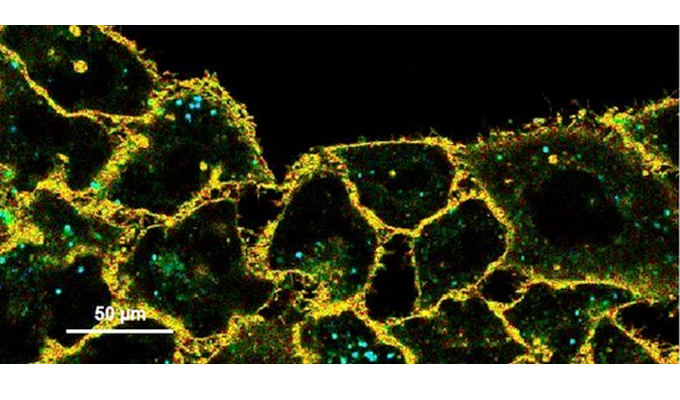The sensitivity and specificity of the primary and secondary antibodies used together with the IHC procedure used, are critical to avoid biased results. Several factors can cause false-positive or false-negative data, so they should all be verified as much as possible for each experimental set-up.
 3 main experimental stages particularly need to be under control:
3 main experimental stages particularly need to be under control:
- Detection of the antigen of interest by the primary antibody
- Detection of the primary antibody by secondary antibodies
- Tissue preparation
Here, let’s look at 3 tips that will be of help to improve your IHC data.
Tip #1 – Use positive and negative controls to check primary antibody specificity
Primary antibodies can fail to detect their target antigen for various reasons (ex. conformation changes linked to fixation/embedding steps like in FFPE, steric hindrance, post-translational modifications…). Likewise, antibodies can bind non-specifically to other targets or tissue components.
Some ways to check the specificity of the antibody, apart from checking in its datasheet that its use has been validated for the specific IHC method to be used (either frozen or FFPE), include the performance of negative controls (e.g. knockout cell / mouse), and determining the optimal dilution.
Tip #2 – Use highly cross-adsorbed secondary antibodies
Secondary antibodies are used in fairly high concentrations in IHC, with the risk of binding non-specifically to tissue components (extracellular matrix proteins, blood vessels, etc.) leading to high background. They might also cross-react with IgGs from other species (ex. multiple-labeling experiments).
To minimize cross-reactivity, it is best to use highly cross-adsorbed secondary antibodies.
To test for specificity, you may test the secondary antibodies in the absence of the primary antibodies. If performing IF, pay attention to autofluorescent molecules that may be contained in tissues (and their presence is detected best in the absence of secondary antibodies).
Limit the use of directly conjugated antibodies only for those target proteins which are very abundant in the cell (e.g. beta-actin and alpha-tubulin).
You can access a large range of validated secondary antibodies via this dedicated Secondary Antibody search engine.
Tip #3 – Use proper tissue preparation
Relative to antibody specificity, the way to prepare the tissue analyzed also influences experimental results, even when using highly specific and well-characterised antibodies.
These effects arise mainly from epitope masking due to fixation-induced conformational changes and failure of the antibody to penetrate the tissue.
Tissue samples can be frozen or fixed:
- Freezing the sections generally maintains the conformation of the target antigen allowing superior antibody binding. However, small crystals of ice render these sections unsuitable for long-term storage.
- Fixed and embedded tissue is a better alternative for long-term storage (NB this may cause conformational changes).
Antigens can be masked as a result of the fixation process. The unmasking can be reversed with epitope retrieval/antigen unmasking, which is either mediated by heat (heat-induced epitope retrieval) or proteases (proteolytic-induced epitope retrieval). Heat-induced epitope retrieval is more frequently used.
Interested in receiving more tips regarding your immuno-assays?
Subscribe to newsletters on your topics of interest, and browse this blog regularly!




One Response
informative post!! Thanks for sharing tips of IHC troubleshooting.